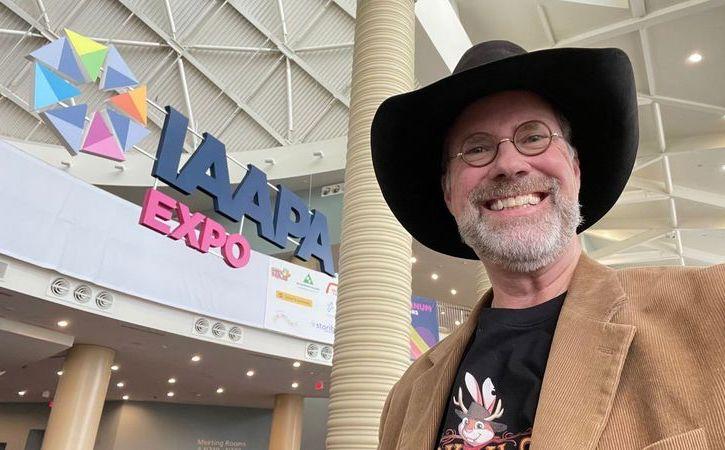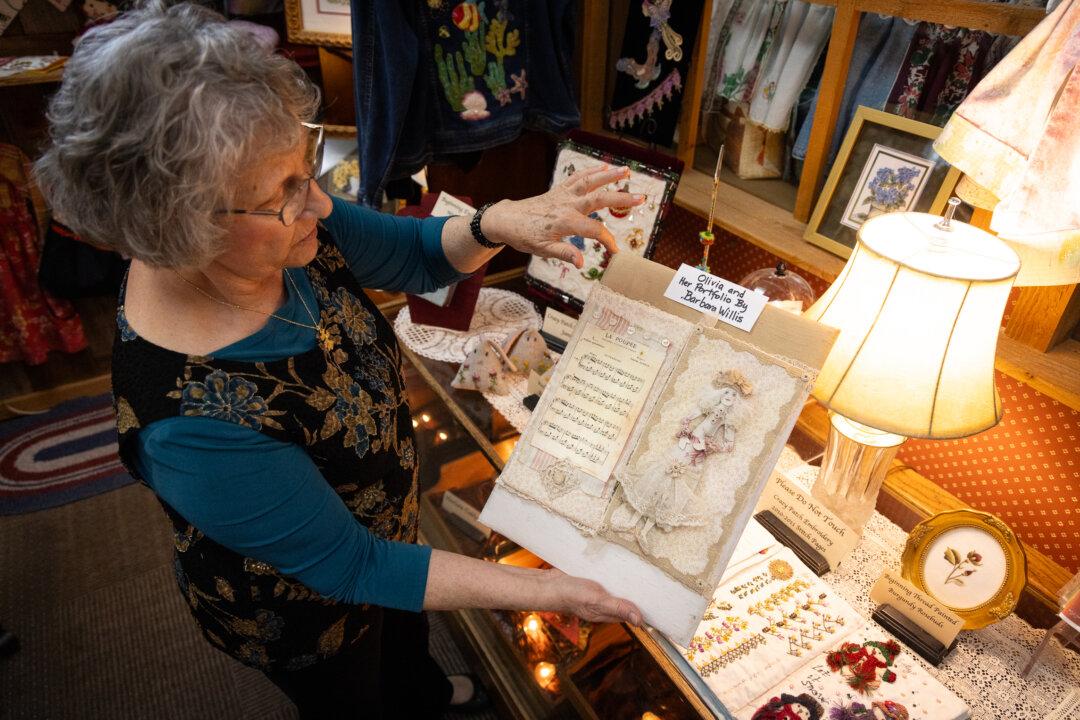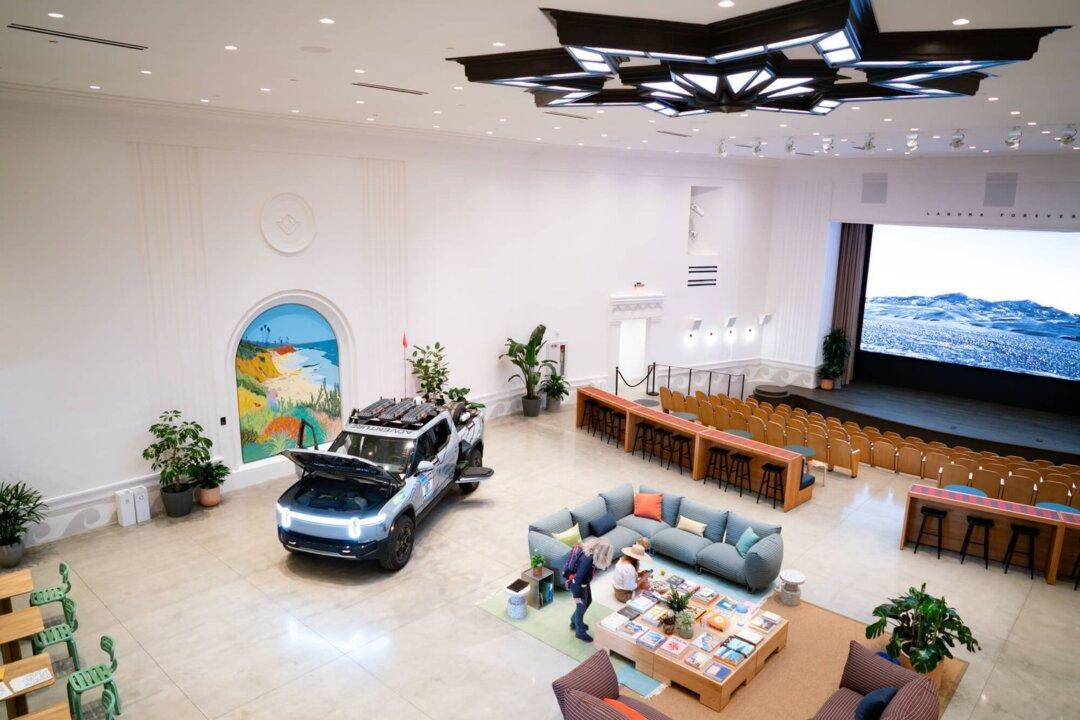NEWPORT BEACH, Calif.—Philanthropists Frank and Joan Randall recently continued their long-standing dedication to the conservation of California’s open space with a $50 million gift to The Nature Conservancy, which will allow for the acquisition and preservation of more than 72,000 acres in the Southern Sierra Nevada and Tehachapi Mountain ranges.
Located 100 miles north of downtown Los Angeles, the Frank and Joan Randall Preserve will mitigate habitat fragmentation for wildlife—from pollinators to large predators—and provide the ability to move more freely and safely throughout natural, intact habitat corridors and allay the impact of ever-increasing land development and human encroachment in the region.





